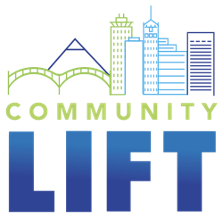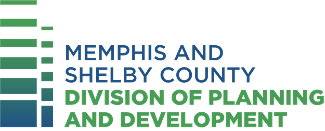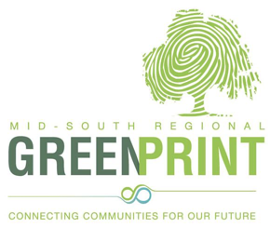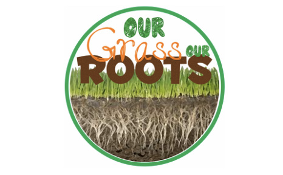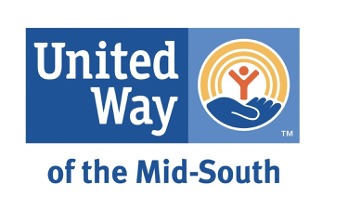Mapping Displacement, Gentrification, and Exclusion in Memphis
UDP collaborated with the Strong, Prosperous, and Resilient Communities Challenge (SPARCC) to assess local dynamics around gentrification, displacement, and exclusion in Memphis, in close collaboration with local partners. We hope that the resulting map of our neighborhood change typology will empower Memphis communities to better understand their trajectories and stabilize their resident population.
When UDP met with stakeholders in Memphis, they noted that the region’s cooler housing market means disinvestment-driven displacement is a primary concern, particularly in the Northside neighborhoods. However, advocates for equitable development explained that speculation, redevelopment, and commercial development are also driving gentrification in some neighborhoods, especially those close to downtown.
The UDP research team is especially grateful to our research partners at Neighborhood Preservation, Inc., regional partners at BLDG Memphis, and to all of the Memphis SPARCC affiliate organizations listed below.
Key Findings
The UDP typology examines processes of gentrification and displacement in low-income neighborhoods (with a median household income at 80% of the regional median) and exclusion in moderate-to-high-income neighborhoods (at 80% of the regional median or above). Neighborhoods are categorized as exclusionary when rents are so expensive that low-income people are excluded from moving in—another form of displacement. The resulting typology map reveals large swaths of low-income communities experiencing displacement of low-income households in northern areas of the city, as well as widespread geographies of low-income neighborhoods susceptible to displacement in northeastern suburbs. It also identifies risk of or ongoing gentrification in certain neighborhoods, although persistent racial prejudice and economic decline in Memphis may set these neighborhood changes apart from the gentrification patterns typical of the other SPARCC sites.
- 30% of Memphis neighborhoods experienced a rapid increase in housing costs (an increase above the regional median) between 2000 and 2017.
- Nearly 25,000 low-income Memphis households (18% of all low-income households) live in low-income neighborhoods at risk of, or already experiencing, gentrification and/or displacement, especially within the urban core and in northern Memphis neighborhoods.
- As of 2017, 68% of Memphis’s moderate-to-high-income neighborhoods demonstrated risk of or ongoing exclusion of lower-income households, a pattern especially prevalent in the eastern suburbs. One-third of Memphis’s low-income households, or about 45,000 low-income households, live in these potentially or currently exclusive neighborhoods.
- About half of Memphis’s low-income households live in low- or moderate-to-high-income neighborhoods that are stable.
- 21% of lower-income neighborhoods in Memphis were at risk of gentrification in 2017, and 22% were undergoing displacement of low-income households without gentrification.
- 28% of all Memphis neighborhoods lost low-income households between 2000 and 2017.




